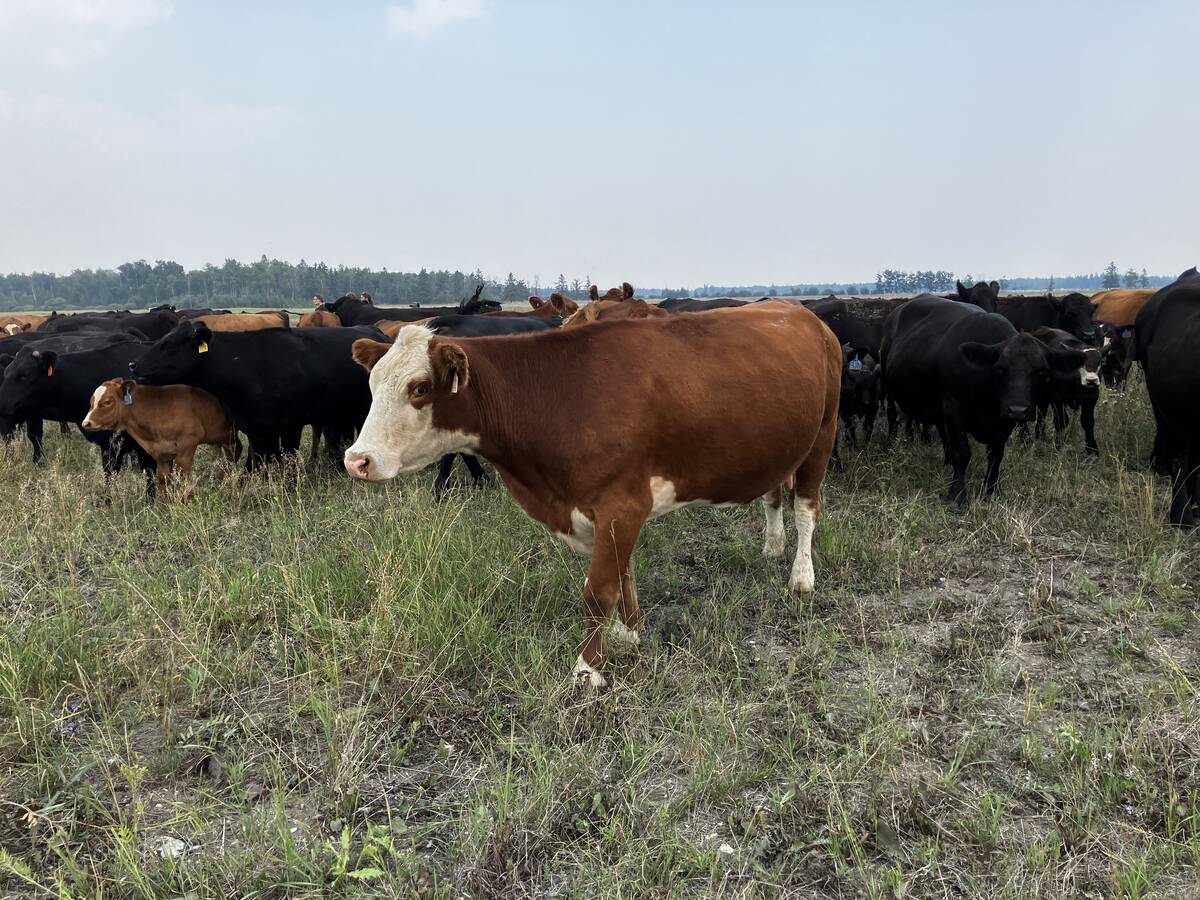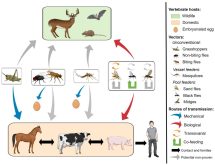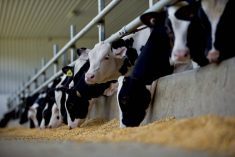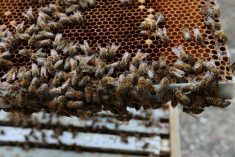Thousands more cattle and calves in southeastern Alberta are now booked to be destroyed, as a search continues for animals that had contact with one or more of six tuberculosis-infected Alberta cattle.
The Canadian Food Inspection Agency on Monday announced its “herd” of animals known to have commingled with the TB-infected cattle has expanded to cover adult cattle and calves on 18 premises, up from six previously.
CFIA on Monday estimated the total size of that herd now runs roughly around 10,000 head of cattle, which either have been or are about to be destroyed.
Read Also

Beef DNA testing now available in Canada
Tissue samples for DNA testing in beef cattle can now be analyzed at the Global Institute for Food Security at the University of Saskatchewan.
“We have determined the degree of contact poses the same risk for all animals with exposure to the six confirmed cases, so we are taking similar control actions,” chief veterinary officer Dr. Harpreet Kochhar said Monday. “This is to be expected.”
Nearly all the adult animals in that “herd” have been tested; calves will be destroyed without testing, CFIA said. Meat from destroyed animals that are later ruled to have been TB-negative will be eligible for food use.
Including those 18 properties, “over 40” premises — mainly in southeastern Alberta but with five in southwestern Saskatchewan — housing over 22,000 animals are now under federal quarantine and movement controls, Kochhar told reporters on a conference call.
CFIA later Monday reported the total number of quarantined premises at “roughly 50.”
CFIA and Agriculture and Agri-Food Canada are “anxiously awaiting” word from cattle industry officials regarding a possible feedlot location where quarantined animals can be housed, Kochhar said.
The agency and AAFC had said Friday they would seek a feedlot option for those animals. A compensation formula is available for producers whose animals are to be destroyed to limit a disease outbreak, but no such program yet exists for producers who are unable to market or ship animals held under quarantine.
Suitable feedlots for this option would have to have “a certain amount of biosecurity,” Kochhar said. They would also have to be scalable — or otherwise able to accommodate thousands of quarantined animals without creating animal welfare problems — and would have to be able to allow CFIA officials to continue TB testing.
Rosser Lloyd, director general with AAFC’s business risk management (BRM) programs directorate, confirmed Monday that the Alberta government has made the formal request to seek AgriRecovery disaster funding to help producers affected by TB quarantines.
AAFC, Lloyd added, is “working closely” with officials in both Alberta and Saskatchewan. AgriRecovery requires federal and affected provincial governments to first conduct a joint assessment on whether further assistance is needed beyond what other BRM programs cover.
The ongoing traceout and investigation follow a notice in late September from the U.S. Department of Agriculture that bovine TB had been detected in a cow from Alberta, after it was slaughtered at a U.S. packing plant.
Counting the cow slaughtered in the U.S., the number of Alberta cattle confirmed through this investigation to be infected with bovine TB has sat at six since last Wednesday.
Animals now considered part of the “herd” include those which commingled with TB-infected animals on community pasture, Kochhar said Monday.
Kochhar on Monday wouldn’t name specific community pastures at which any of the six infected cattle had grazed. CFIA has previously said it was tracing animals that may have been exposed to bovine TB at Alberta’s Buffalo-Atlee and Suffield Block community pastures, along with animals exposed at “individual premises.”
The strain of the bovine TB organism seen so far in this probe is not the same as any strains ever previously seen in Canadian domestic animals, wildlife or people. It is, however, “closely related” to a strain originating from cattle in central Mexico in 1997, CFIA said Nov. 16. — AGCanada.com Network















